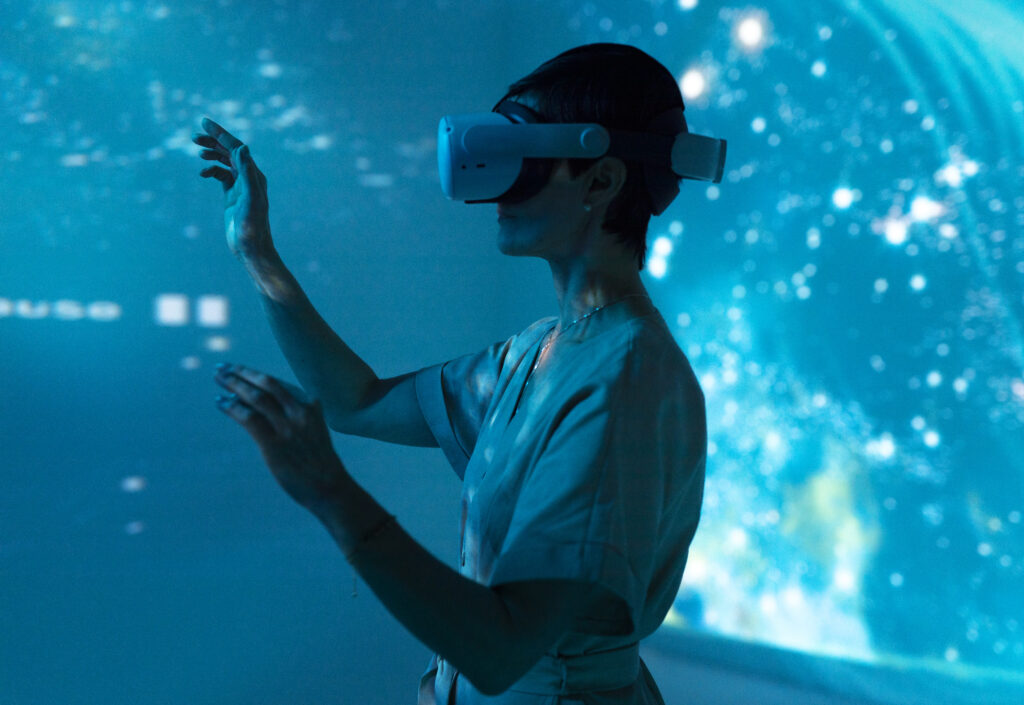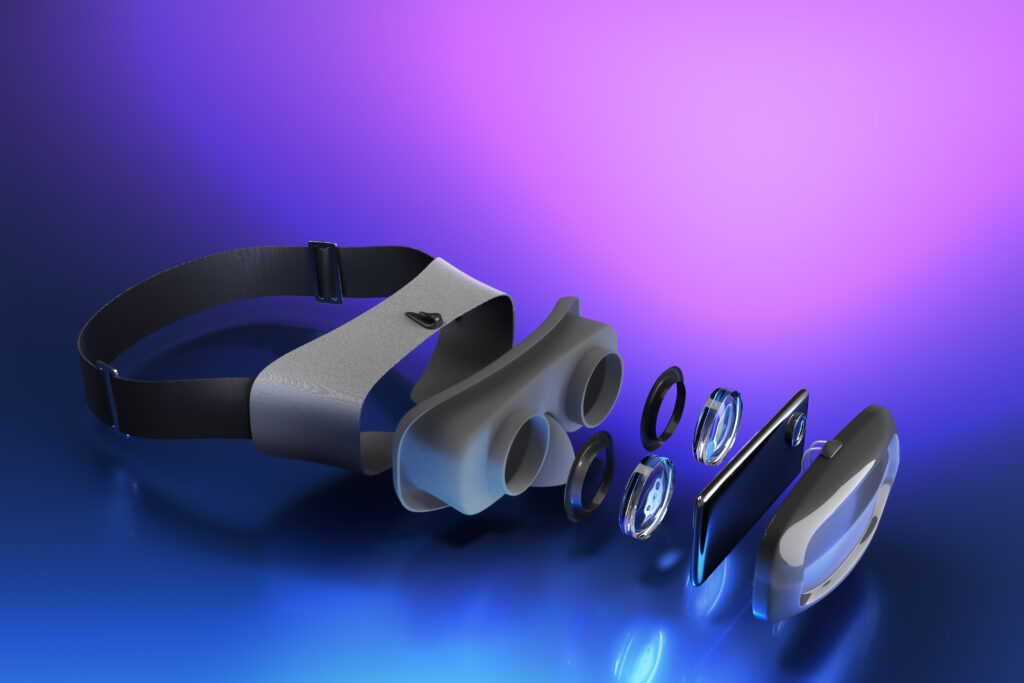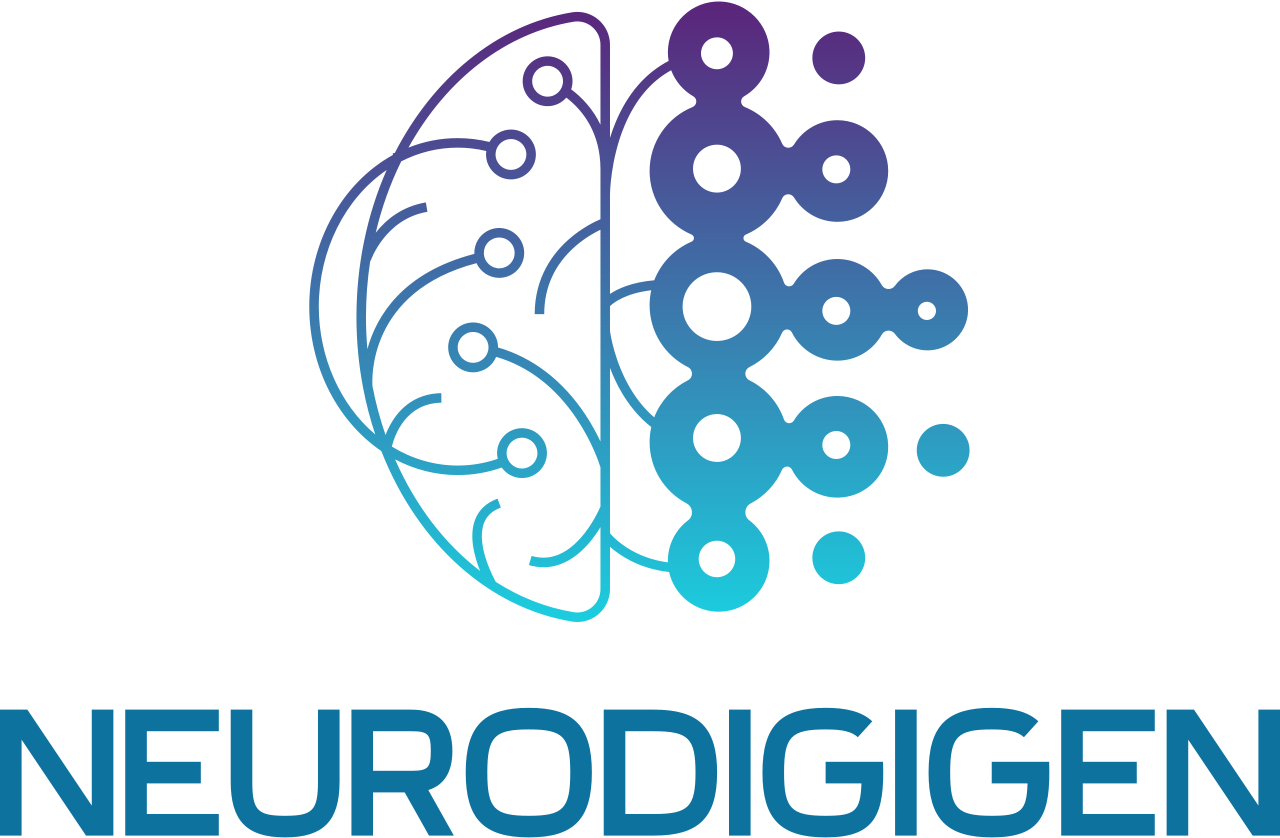Virtual Reality
Introduction
Virtual Reality (VR) is transforming healthcare by creating immersive, interactive environments that support treatment, training, and rehabilitation. Unlike traditional methods, VR allows patients and clinicians to engage with realistic simulations that can reduce pain, improve therapy outcomes, and enhance medical education.


Clinical Applications
VR is rapidly expanding into multiple areas of medicine:
Pain Management: Immersive experiences used to reduce acute and chronic pain perception.
Rehabilitation: Supporting motor skill recovery after stroke, spinal cord injury, or orthopedic surgery.
Mental Health: Providing safe environments for exposure therapy in anxiety, PTSD, and phobias.
Surgical Training: Offering realistic simulations for medical professionals to practice complex procedures.
Pediatric Care: Reducing fear and stress in children during treatments or hospital stays.
Advantages
Virtual Reality offers unique benefits that complement traditional care:
Non-invasive and patient-friendly therapeutic tool.
Enhanced patient motivation and engagement in rehabilitation.
Safe, controlled environments for learning and therapy.
Cost-effective training for healthcare professionals.
Potential to standardize treatment protocols with measurable outcomes.
Future Outlook
The future of VR in healthcare lies in its integration with artificial intelligence, wearable sensors, and telemedicine platforms. Personalized VR therapies will adapt in real-time to patient progress, offering customized rehabilitation and mental health support. As technology becomes more affordable and accessible, VR will play a central role in patient care, medical education, and global health innovation.



